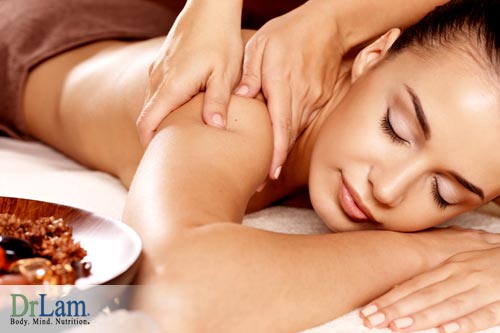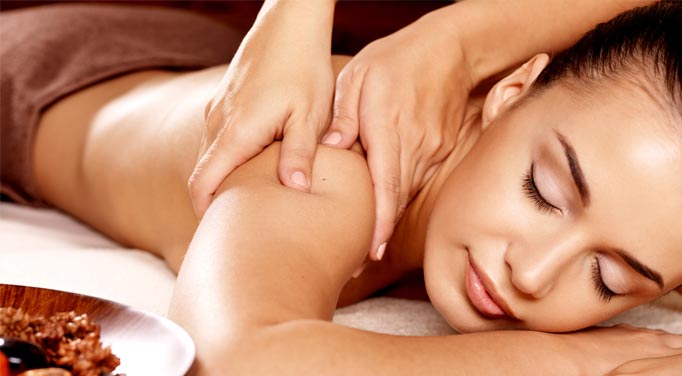 The greatest paradox in medicine is unfolding. Never in human history had we experienced the explosive advancement in medical technology as much as now. Many people are questioning new therapies and treatment for diseases. Many are asking if complementary or alternative medicine is best. Concurrent, never had we experienced the greatest exodus away from modern medicine back to natural medicine.
The greatest paradox in medicine is unfolding. Never in human history had we experienced the explosive advancement in medical technology as much as now. Many people are questioning new therapies and treatment for diseases. Many are asking if complementary or alternative medicine is best. Concurrent, never had we experienced the greatest exodus away from modern medicine back to natural medicine.
In cutting-edge laboratories across the globe, medical researchers are preparing us for the future - cloning, stem cell therapy, genetic manipulation, nanotechnology, and transplants. In the real world outside the laboratory, the overwhelming trend is the integration of traditional medicine, defined by its cause and effect approach, pharmaceuticals and invasive techniques, with other ancient, old-fashioned and unconventional healing practices that often defy logic and analysis.
The future of medicine, it seems, is not only in the high-tech laboratories and the surgical suites but also on the massage tables, aromatherapy rooms, health food store, and behind the therapist's closed door.
Natural Medicine (also known as Complementary or Alternative medicine or CAM) is older in history than traditional or conventional medicine. It has been used successfully since inception of human history. Medical care in 1800 was mostly provided by botanical healers and midwives. In fact, modern medicine has its roots from complementary or alternative medicine, taking and analyzing what works in complementary or alternative medicine and refining it. Many drugs of today come from plant origins, such as digitalis. Only 200 years ago, there were only 200 graduates of US Medical Schools, and another 300 or thereabouts from Europe.
The American Medical Association was formed in the mid 1850s to advance medical science, and it promptly erect a strong an impenetrable barrier to any "non- approved" treatments. Members associating themselves with natural healing were severely criticized. It is interesting to note only 100 years ago, over 12% of the licensed physicians were alternative medical doctors which at the time were classified as homeopaths or eclectic physicians.
Those practicing natural medicine up to the 1980s were quickly labeled "quacks". The acceptance by mainstream medicine started in 1993 when Dr. Eisenberg published an article was accepted for publication in the prestigious New England Journal of Medicine (328:246-252, Jan 28, 1993) sparked a national trend. In 1998, the Journal of the American Medical Association (JAMA) devoted an entire issue to alternative therapies. This further confirms that complementary or alternative medicine is here to stay. Today, these "quacks" are professors of major medical schools, and are re-labeled "visionaries". How time have changed!
Traditional Medicine comes to accept complementary or alternative medicine because:
Patients are smart. Here is what they are doing:
 40% reports that vitamins and herbs is their therapy of choice. Massage was indicated by 29% as the second most common therapy, followed by aromatherapy, yoga, and homeopathic products.
40% reports that vitamins and herbs is their therapy of choice. Massage was indicated by 29% as the second most common therapy, followed by aromatherapy, yoga, and homeopathic products.You are not alone if you feel helpless and lost in the paradigm of traditional medicine.
At the end, the best prescription to healing is knowledge. To put things in a balance perspective, traditional medicine is wonderful for the analytically minded patient and acutely serious disease that require immediate intervention, such as heart attack or appendicitis.
Our knowledge of the body and its working is still far from complete. The more we know, the more we know how much we don't know. After 50 years of research, we have yet to be able to cure the common cold, or to prevent hypertension at its root. The process of Natural Medicine is much slower, but the result is often long term.
The smart consumer would be wise to explore and use both - knowing that each has its limitations and its assets.

